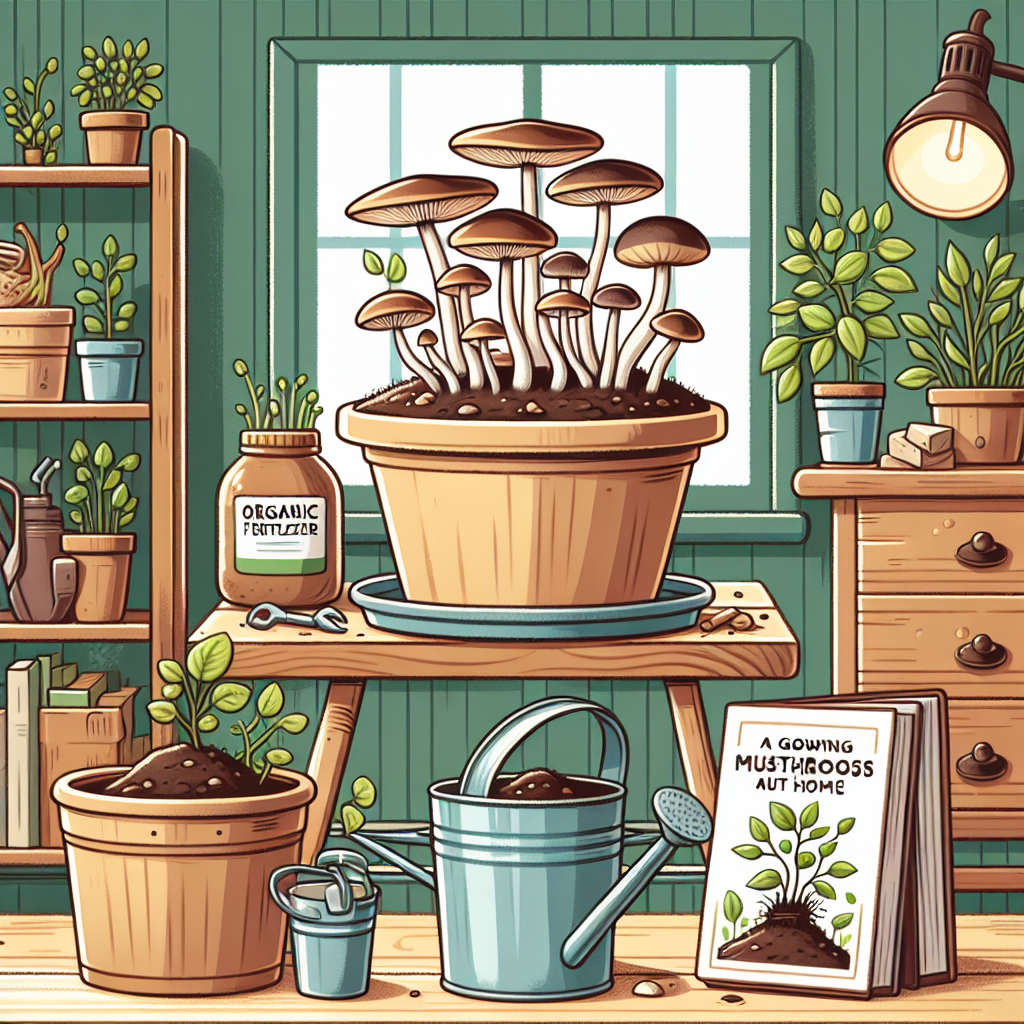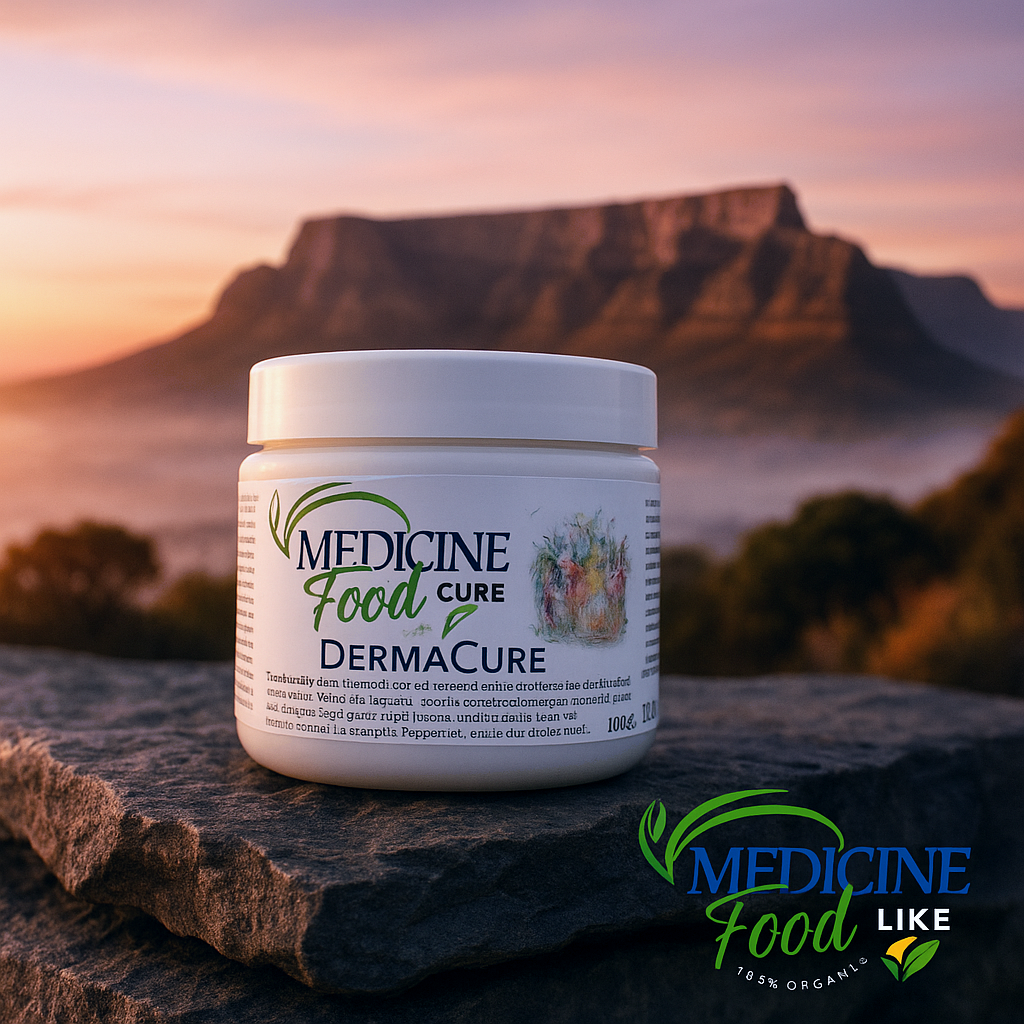# A Guide to Growing Organic Mushrooms at Home: Tips for Beginners
## Introduction
Today, lots of people want to eat food that’s grown without chemicals. Growing your own organic mushrooms at home can be a fun and rewarding project. Mushrooms are not only tasty but they also have health benefits like helping your immune system and digestion. This guide will show you how to grow mushrooms, proving it’s not as hard as some might think. We’ll share tips and tricks to help beginners get started.
## Understanding the Basics
Mushrooms are different from plants because they grow from spores and not seeds. They like environments filled with organic material. Some good kinds for beginners to try growing are:
– **Oyster Mushrooms**: They have a soft texture and mild taste.
– **Shiitake Mushrooms**: Famous in Asian dishes for their rich, savory flavor.
– **White Button Mushrooms**: Easy to grow and great for many recipes.
Mushrooms start as spores, grow into mycelium, and then become the mushrooms we eat when conditions are right.
## What You Need to Get Started
Here are some basics you’ll need:
– **Mushroom Spores or Spawn**: This is where the growth starts.
– **Growing Medium (Substrate)**: Things like straw or sawdust.
– **Containers or Grow Bags**: To hold everything together.
To help your mushrooms grow better, also get:
– **Humidity Tent or Chamber**: Keeps things moist.
– **Misting Spray Bottle**: For adding moisture often.
– **Thermometer and Hygrometer**: To check temperature and humidity.
## Choosing Where to Grow
Where you grow your mushrooms is important. Consider:
– **Temperature**: Mushrooms grow best between 55-75°F.
– **Humidity**: They like it pretty moist, around 80-95%.
– **Light**: They don’t need much light, but some indirect light is helpful.
Choose a cool, dark place in your home like a basement or closet. Make sure you can control the humidity and temperature.
## Steps to Grow Your Mushrooms
1. **Pick and Buy the Right Mushroom Spawn**: Get good quality spawn from a trustworthy seller.
2. **Get the Growing Medium Ready**: Mix your substrate well to make it rich in nutrients.
3. **Mix Spawn with Substrate**: This step is important as it lets the mycelium develop.
4. **Set Up Your Growing Space**: Put the mix in your chosen spot and keep things just right.
5. **Watch and Make Changes if Needed**: Regularly check and adjust temperature and humidity.
6. **Harvesting the Mushrooms**: Learn when and how to pick mushrooms properly.
## Fixing Common Problems
Sometimes things can go wrong. Here’s how to fix some issues:
– **Contamination**: This happens when something unwanted gets in your substrate. Keep everything clean.
– **Pests or Unwanted Fungi**: Seal your substrates well and use protective barriers.
– **Control the Environment**: Keep an eye on:
– **Temperature Changes**: Move them or use heating mats if too cold.
– **Humidity Issues**: Mist more or change the tent setup if too dry.
## Tips and Tricks
To get the most out of your mushroom growing:
– **Maximize Yield**: Rotate your grow bags regularly.
– **Speed Up Growth**: Soak your substrate before starting.
– **Expand Your Growing**: Once you’re good, grow more with additional setups.
## Safety First
While growing and eating mushrooms is usually safe, be sure to:
– **Stick to Safe Types**: Only grow known, edible mushrooms.
– **Handle and Store Them Properly**: Keep your mushrooms cool and dry after picking.
– **Spot Bad Mushrooms**: If they look or smell strange, it’s safer to throw them out.
## Conclusion
Growing your own organic mushrooms at home can be beneficial for your health and your cooking. With the steps and tips shared in this guide, you’re ready to start your mushroom-growing journey. Have fun trying out different methods and kinds of mushrooms!
## Additional Resources
If you want to learn more, check out some recommended books and guides!










